Reclaiming a Concrete Desert
Transforming One of the Nation’s Largest Stadium Lots into a Community Cornerstone
The site of San Diego’s SDCCU (formerly Qualcomm) Stadium, previously home to the Chargers and Padres, was once touted as the largest single surface parking lot west of the Mississippi with nearly 19,000 parking spaces. However, in an era that is shifting land use and community planning away from prioritizing cars, San Diego State University (SDSU) is transforming this site to focus on people through local community, public, and industry engagement.
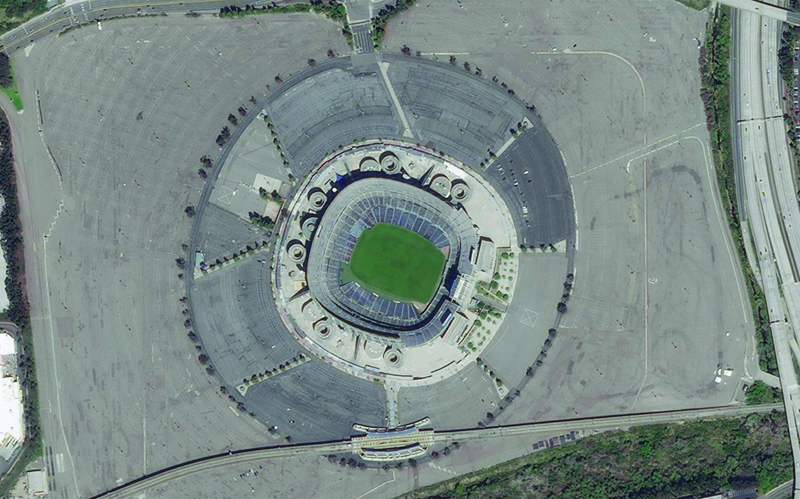
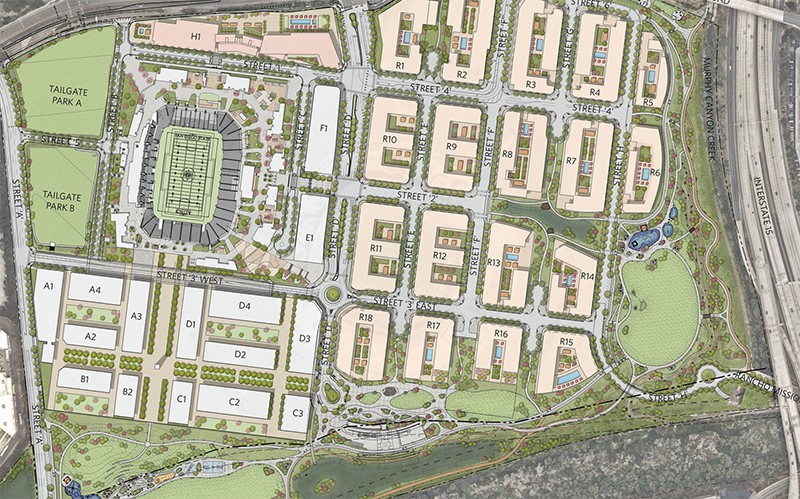
The completely reimagined site, now known as SDSU Mission Valley, is being transformed into a medium-density, mixed-use, transit-oriented development. The redevelopment includes Snapdragon Stadium, a state-of-the-art, sports and event venue, as well as an Innovation District, market-rate and affordable housing, neighborhood retail and restaurants, a hotel, and over 80 acres of community park/open space including an accessible 34-acre River Park. Mobility planning and a new vision for parking became key strategies to ensure easy access for all users.
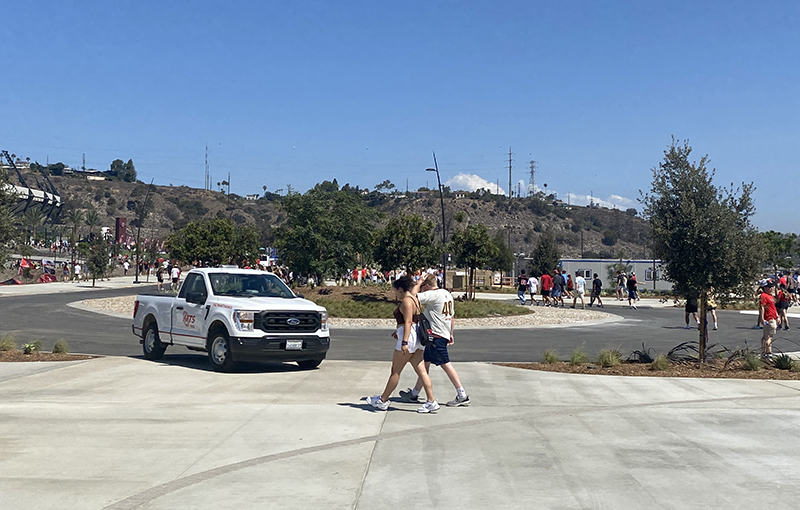
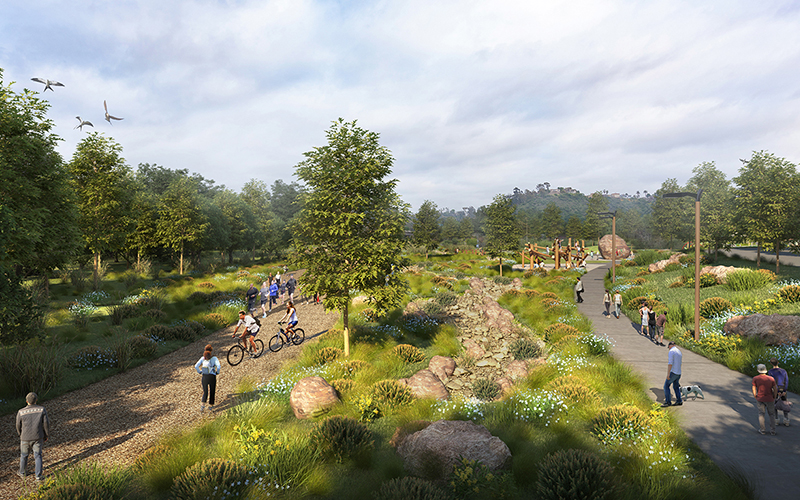
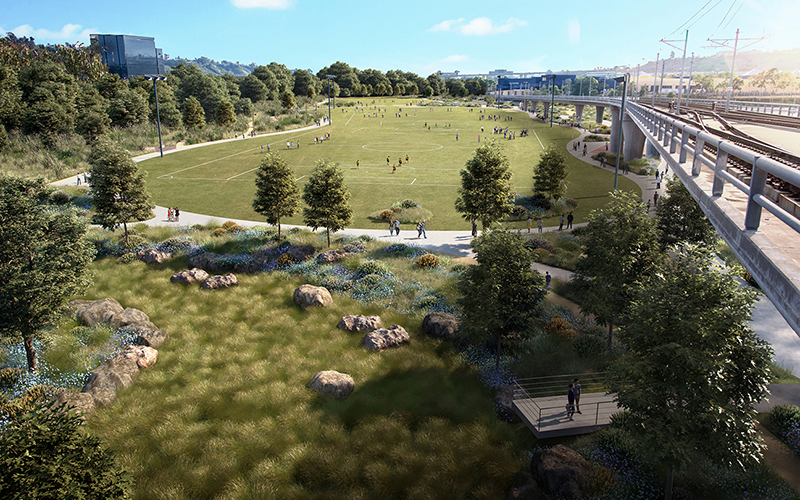
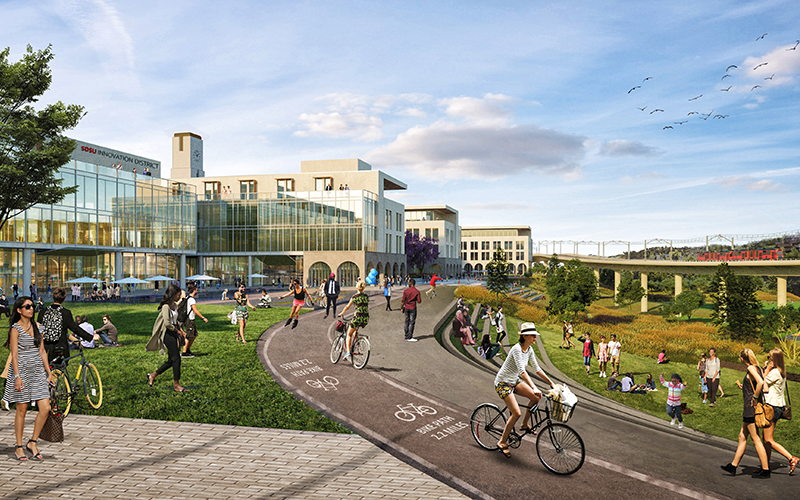
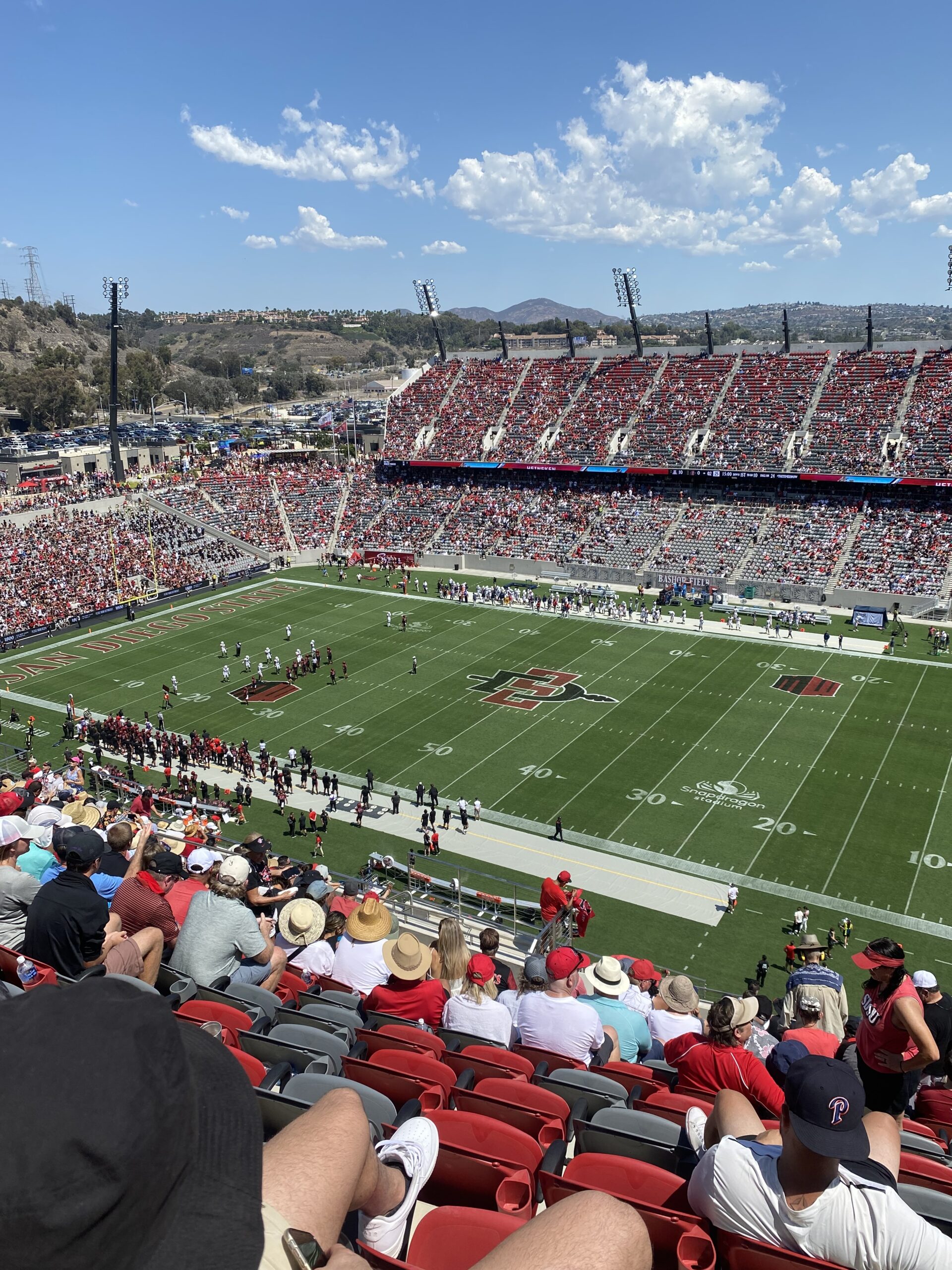
The new design has also dramatically re-envisioned parking and event traffic flow. With our assistance, the University was able to right-size the parking needed for the new stadium by including a complementary mix of uses, taking advantage of frequent and grade-separated transit, and incentivizing ridesharing and non-auto trips through TDM. Fehr & Peers took the lead in preparing construction documents for four traffic signals, campus-wide signing and striping, as well as the temporary traffic control plans. Additionally, three roundabouts were incorporated to enhance safety and accommodate improved vehicle traffic. A specialized roundabout was also added to include a contraflow lane when needed to make exiting the stadium much quicker after events.
The team at Fehr and Peers was critical to helping us understand and implement the strategies to achieve our goal of reducing vehicular traffic to and from the site. From wide sidewalks to enhanced and protected bike lanes, SDSU Mission Valley will allow visitors to enjoy all that the site has to offer without having to rely on their vehicles.
Gina Jacobs, Associate Vice President, SDSU Mission Valley Development
This expansive redevelopment will have lasting impacts on surrounding neighborhoods and communities. The new walkable and bikeable environments will connect nearby neighborhoods to the site and reduce the need for vehicles. Less congestion and a better travel experience to event areas, and the River Park aim to create a popular new neighborhood for San Diego and bring both social and economic returns for the city. Residents will enjoy increased safety and quality of life as the University redefines how it interacts with the community and becomes a year-round event destination.
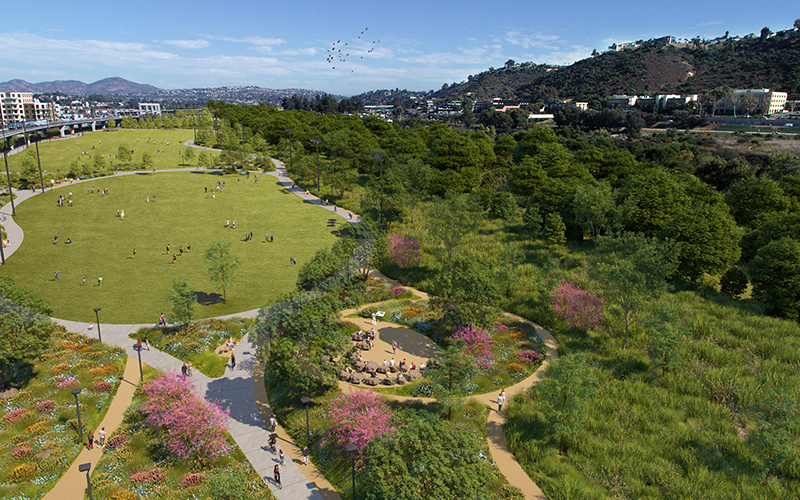
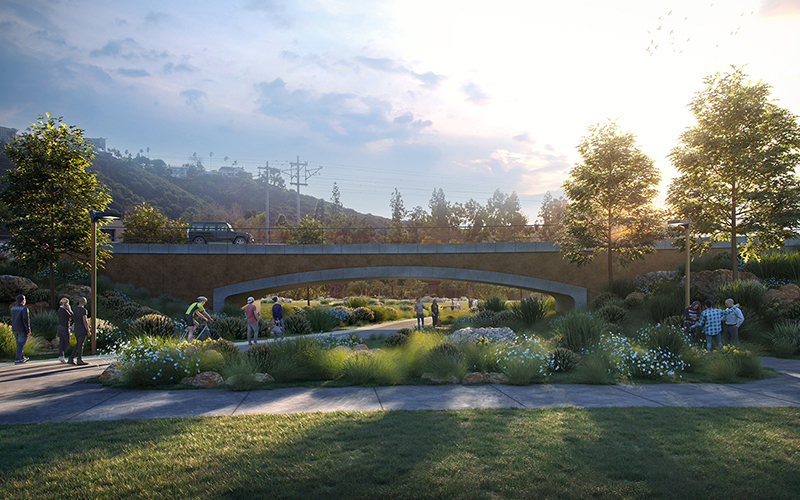
SDSU Mission Valley is a great example of how land use and community planning can become people-centric and create a positive impact on the environment and local communities. If you’re interested in an integrated mobility network for your project or community or want to hear more about our national stadium and arena expertise, please contact us!
Contributors

Sohrab Rashid
San Diego Market Leader

Claude Strayer
Engineering Discipline Leader

Johnny Schmidt
Senior Engineer & Planner

